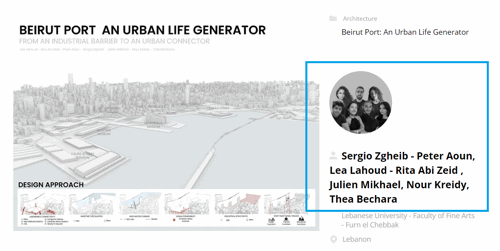CULTIVATING HOPE THROUGH NURTURING IN SPACE: A CHILDREN DEVELOPMENT CENTER

Project idea
Set in a natural, semi-rural location in Bangladesh, this proposal challenges the traditional punitive typology and instead offers a humane, inclusive, and future-oriented model for juvenile care. This project reimagines a Juvenile Correctional Center in Bangladesh as a transformative space for healing, rehabilitation, and personal growth. Moving away from punitive models, the design prioritizes psychological well-being, introspection, and skill development by creating an environment where juveniles can reflect, grow, and prepare for reintegration into society as responsible individuals.
The concept began with research, including site analysis, surveys in existing centers, and case studies. This informed a design rooted in empathy and dignity, aiming to reshape the public perception of correctional architecture.
The project envisions a space that supports structured rehabilitation while ensuring a humane experience. Spaces are designed to encourage learning, emotional healing, and reconnection with nature and community. The architecture acts as a catalyst for transformation offering safety without confinement and structure without rigidity.
By blending traditional materials and cultural sensitivity with modern design strategies, this center becomes a beacon of hope—demonstrating how architecture can nurture resilience and help rewrite young lives with dignity.
Project description
The project proposes a Children Development Center that functions as a Juvenile Correctional Facility in Bangladesh, providing a structured yet compassionate pathway from admission to rehabilitation and reintegration. The spatial program includes health check-ups, observation homes for behavioral assessment, special homes for education and skill training, and communal areas for interaction and recreation.
Spaces are arranged to ensure a fluid, safe, and non-restrictive environment, encouraging children to reflect, heal, and grow. The design integrates open courtyards, green zones, oversized walkways, and shaded gathering areas to support mental and emotional well-being. Staff supervision is incorporated discreetly to maintain security without creating a carceral atmosphere.
This project challenges conventional correctional architecture by placing human dignity and emotional development at its core. It reflects a broader social mission: to offer a second chance through design that cares.
Technical information
The project proposes a Children Development Center that functions as a Juvenile Correctional Facility in Bangladesh, providing a structured yet compassionate pathway from admission to rehabilitation and reintegration. The spatial program includes health check-ups, observation homes for behavioral assessment, special homes for education and skill training, and communal areas for interaction and recreation.
Spaces are arranged to ensure a fluid, safe, and non-restrictive environment, encouraging children to reflect, heal, and grow. The design integrates open courtyards, green zones, oversized walkways, and shaded gathering areas to support mental and emotional well-being. Staff supervision is incorporated discreetly to maintain security without creating a carceral atmosphere.
This project challenges conventional correctional architecture by placing human dignity and emotional development at its core. It reflects a broader social mission: to offer a second chance through design that cares.




